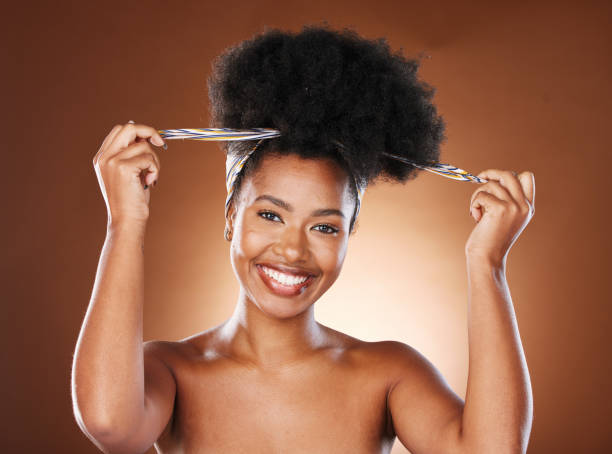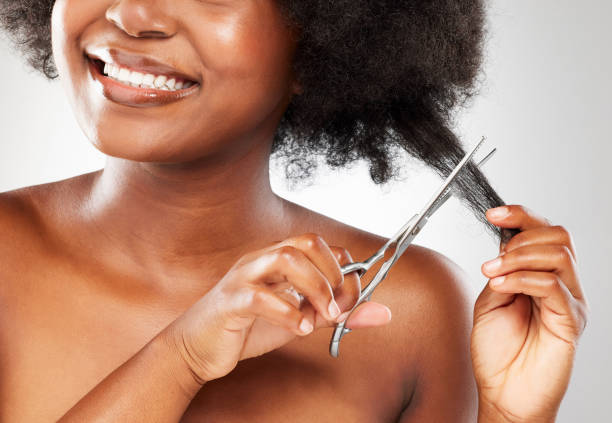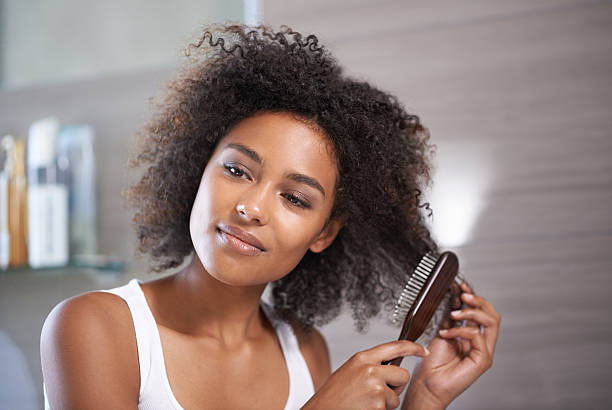Transitioning to natural hair can feel like a big decision, especially if you’re not ready to say goodbye to your relaxed or chemically treated strands with a big chop.
Guess what? , you don’t have to! Transitioning without cutting your hair is possible, but it requires patience, care, and a well-thought-out plan.
If you’re ready to embrace your natural curls and waves while keeping your length, this step-by-step guide will show you how to make the process smooth and enjoyable.
Table of Contents
Start by Setting Clear Goals
Before you begin your natural hair journey, take a moment to reflect on your reasons for transitioning.
Are you looking to embrace your natural texture, reduce damage from chemicals, or achieve healthier hair? Understanding your goals will keep you motivated and focused, especially during the challenging parts of the transition.
Be Patient and Take Your Time
Transitioning to natural hair is a gradual process that doesn’t happen overnight. It can take months or even years for your natural hair to grow out completely.
Patience is key. Instead of focusing on the length, celebrate every milestone, from seeing your curls peeking through to learning how to care for your new texture.
Keep Your Hair Moisturized
One of the biggest challenges during transitioning is managing two different textures: your natural hair at the roots and your chemically treated ends.
These textures require different care, and dryness is a common issue. Keep your hair hydrated with a good leave-in conditioner, hair oils, or moisturizing creams. Regular deep conditioning treatments are also essential to strengthen your strands and reduce breakage.
Learn Protective Styling
Protective hairstyles are your best friend during the transitioning phase. Styles like braids, twists, buns, and wigs can help reduce manipulation, minimize breakage, and blend the two textures seamlessly.

When choosing a protective style, make sure it isn’t too tight to avoid stress on your scalp and hairline.
Trim Gradually
While you’re skipping the big chop, you’ll still need to trim your hair regularly. This helps to gradually get rid of the damaged, relaxed ends while allowing your natural hair to thrive.
Aim to trim your hair every six to eight weeks or as needed to maintain healthy ends and prevent breakage.
Detangle with Care
Detangling can be tricky when dealing with two textures, but with the right approach, you can avoid unnecessary breakage.
Use a wide-tooth comb or your fingers to gently detangle your hair, starting from the ends and working your way up. Always detangle when your hair is damp and coated with conditioner to reduce friction and knots.
Switch to Natural Hair Products
As your natural hair grows, it’s important to use products that cater to your new texture. Look for sulfate-free shampoos, moisturizing conditioners, and styling products designed for curly or coily hair.
These products will nourish your natural hair without stripping it of moisture.
Protect Your Hair While Sleeping
Your nighttime routine plays a big role in maintaining healthy hair during your transition. Protect your strands by sleeping on a satin or silk pillowcase or using a satin bonnet or scarf.
This reduces friction and helps your hair retain moisture while you sleep.
Embrace Flexibility
Transitioning to natural hair is a journey, and it’s okay to have days when it feels challenging.
Experiment with different styles, techniques, and products until you find what works best for you. Be flexible and open to learning, as every hair journey is unique.
Stay Inspired
Surround yourself with inspiration to keep you motivated. Follow natural hair influencers, join hair care communities, and connect with others who are also transitioning.
Seeing others successfully transition can remind you of why you started and encourage you to keep going.
Celebrate Your Progress
Transitioning to natural hair is not just about the end result; it’s about the growth and learning that happens along the way. Celebrate every step of the journey, from discovering your curl pattern to finding your favorite hairstyles.
Final Thoughts
Transitioning to natural hair without a big chop is a rewarding experience that allows you to keep your length while embracing your natural beauty.
With patience, care, and the right strategies, you can enjoy the process and achieve healthy, beautiful natural hair.
Photo | pexels























